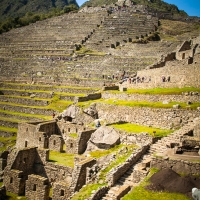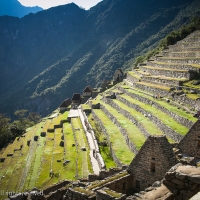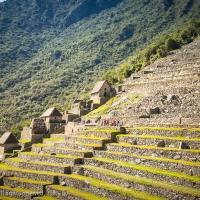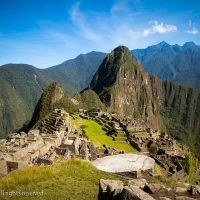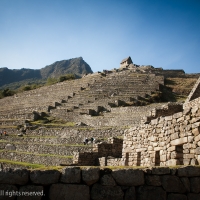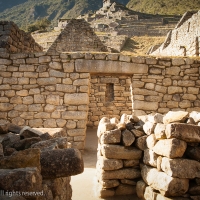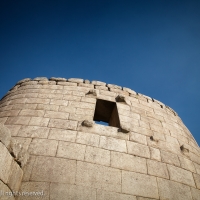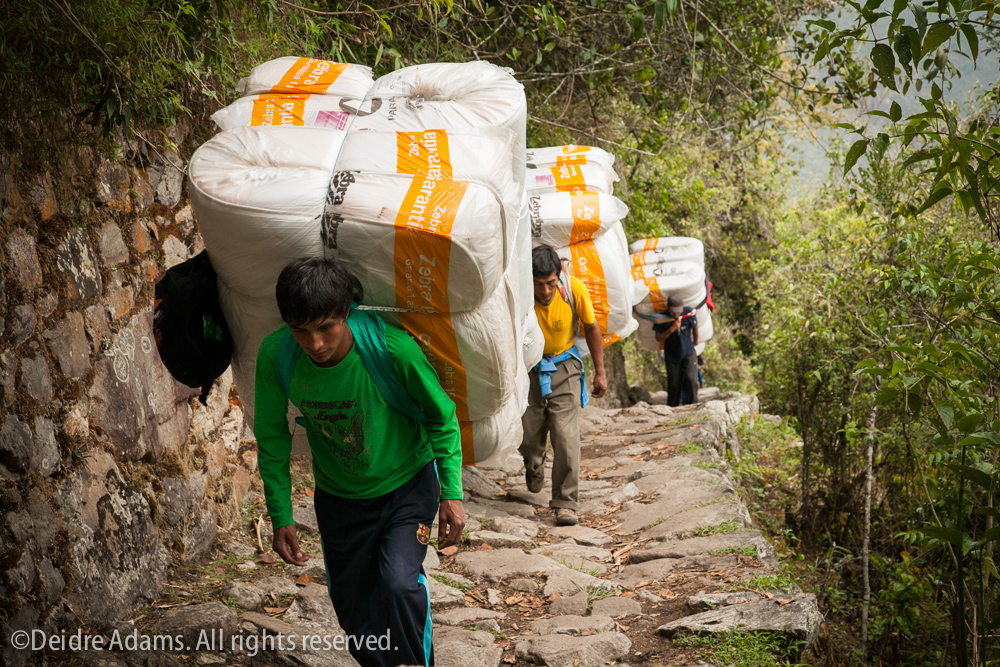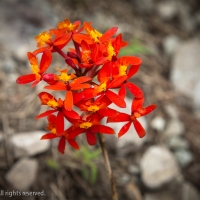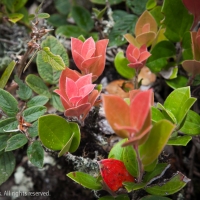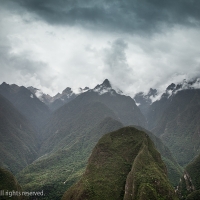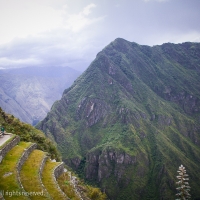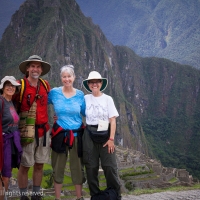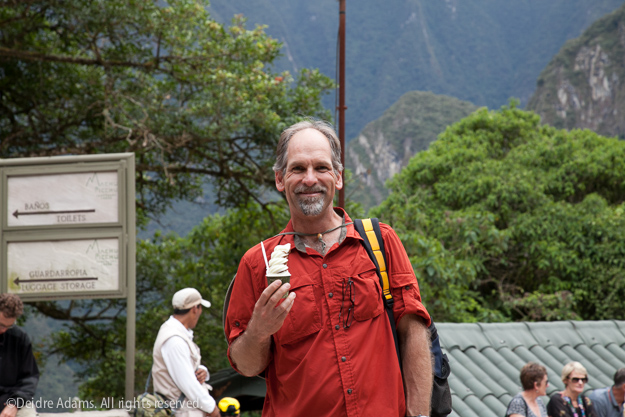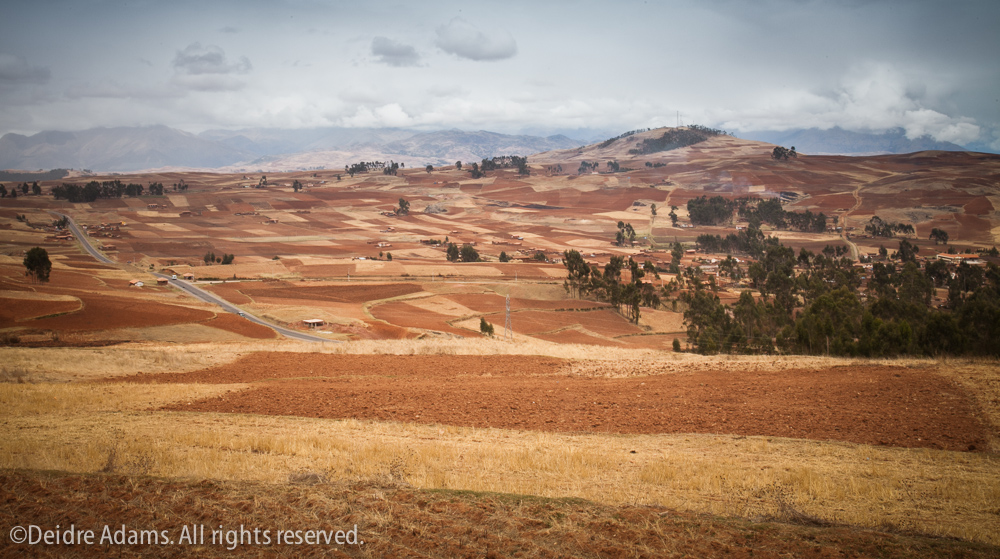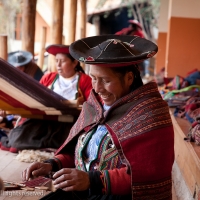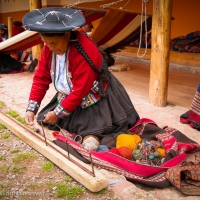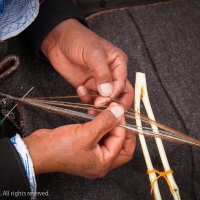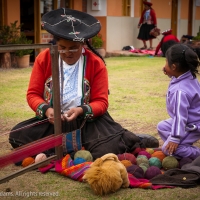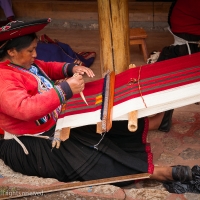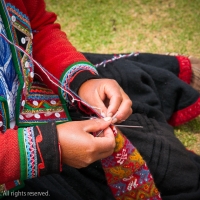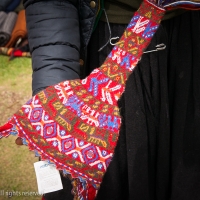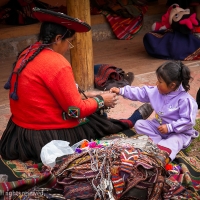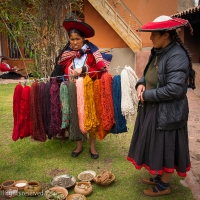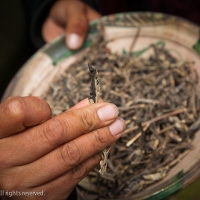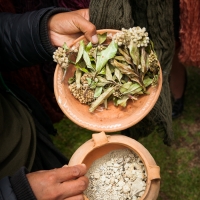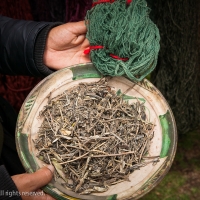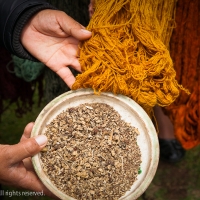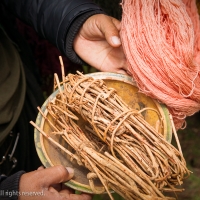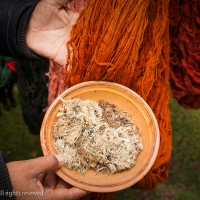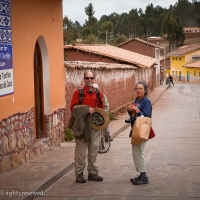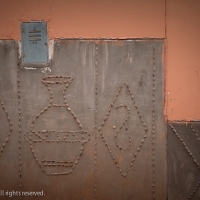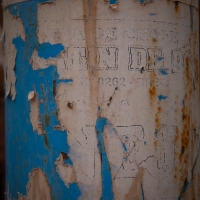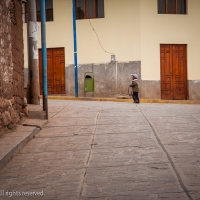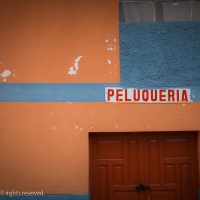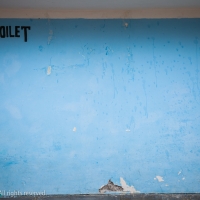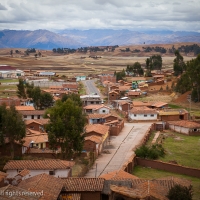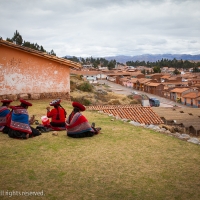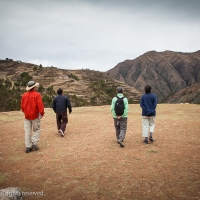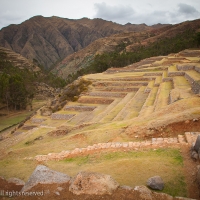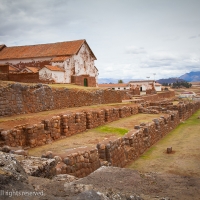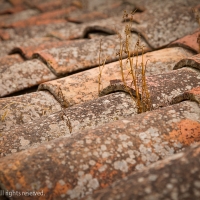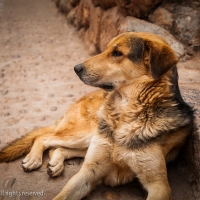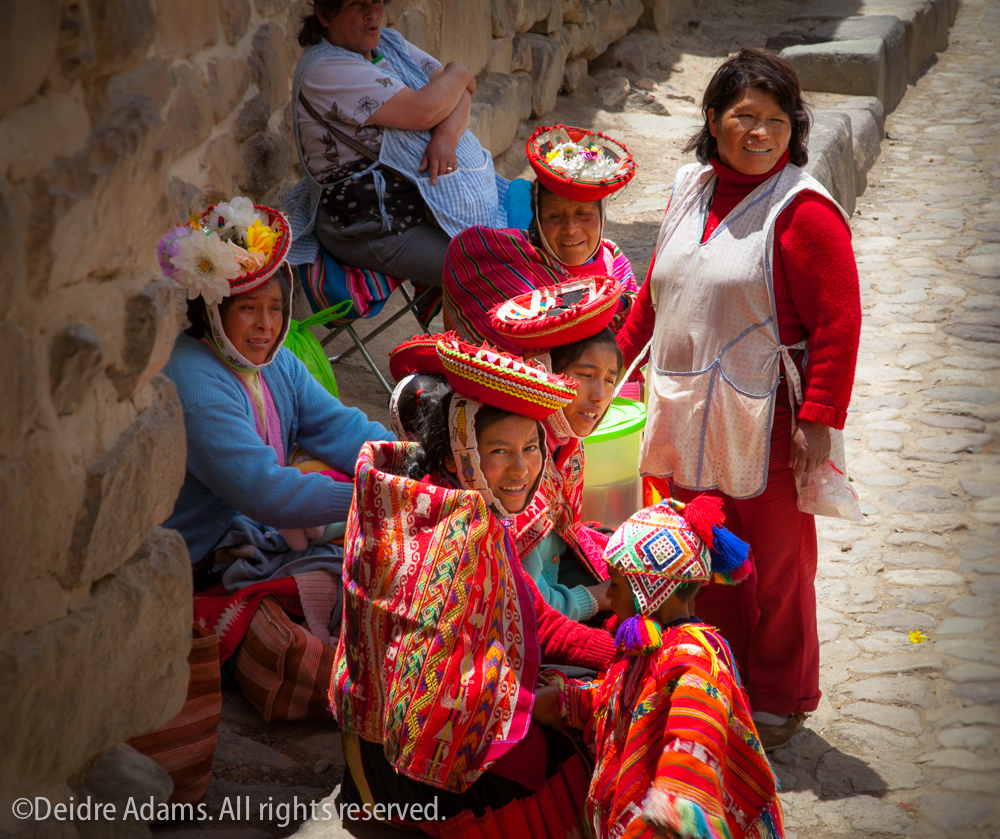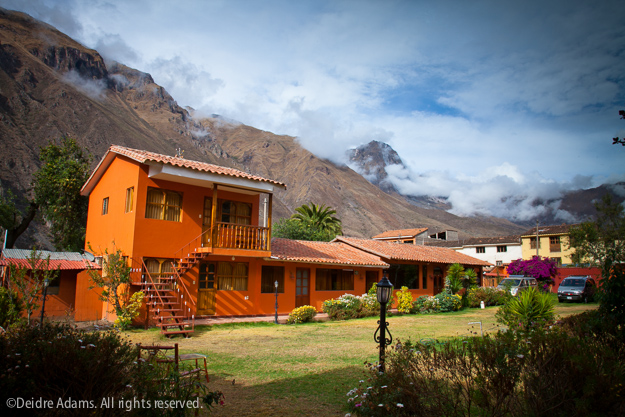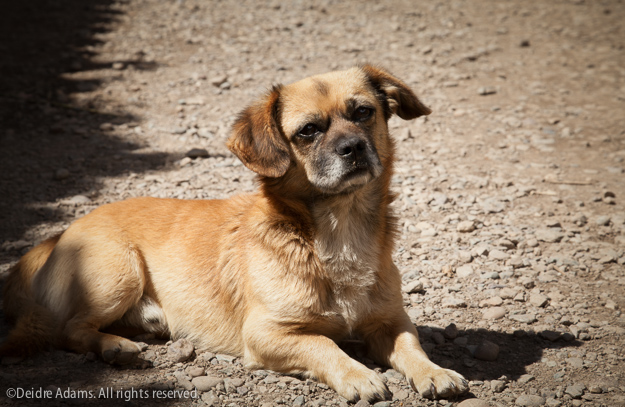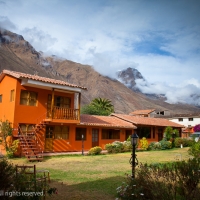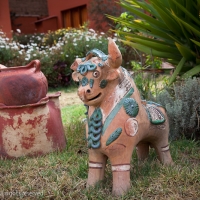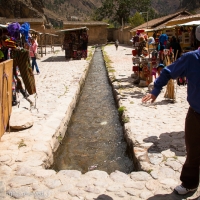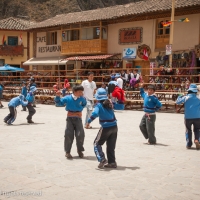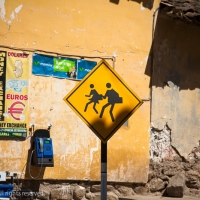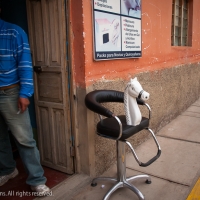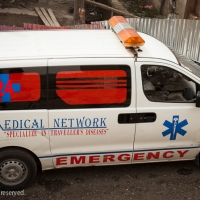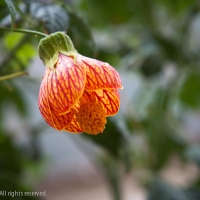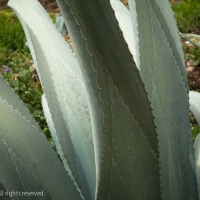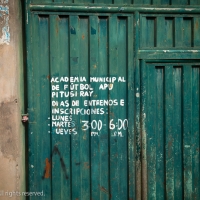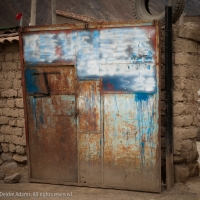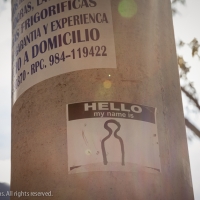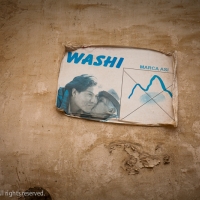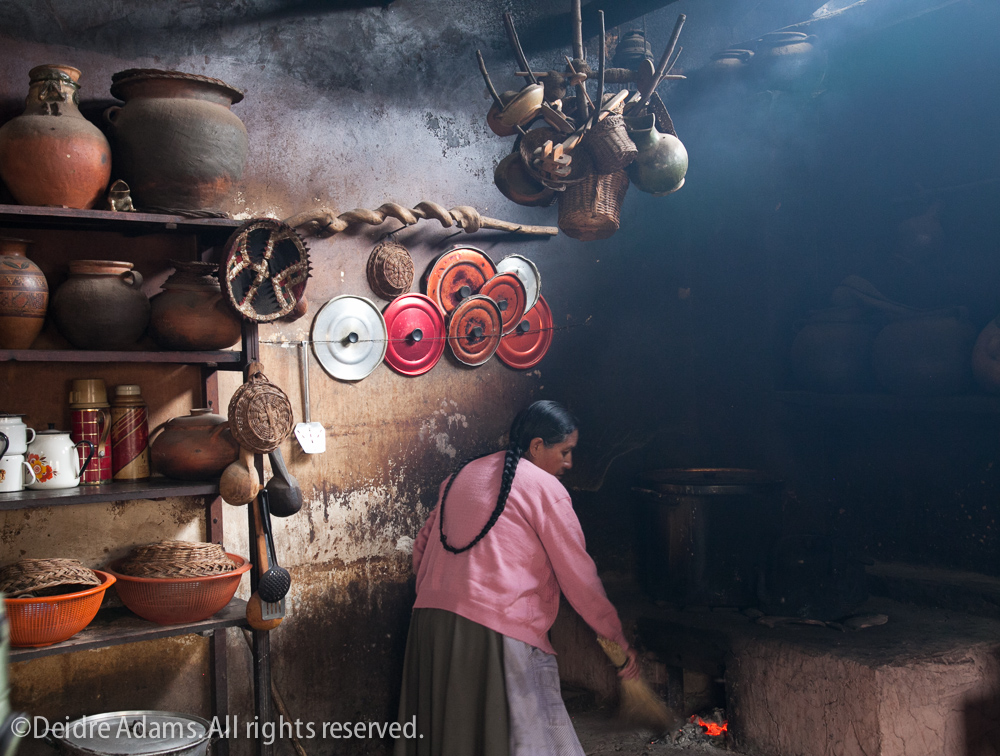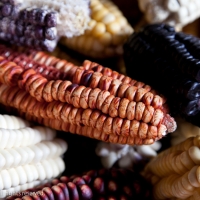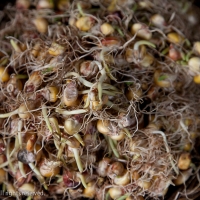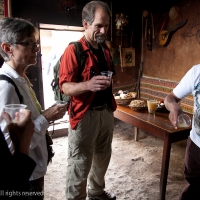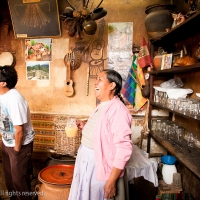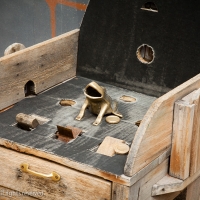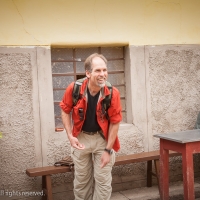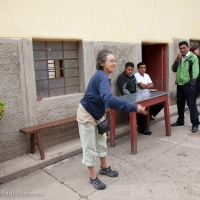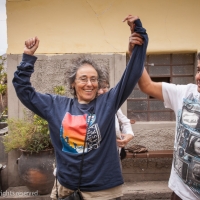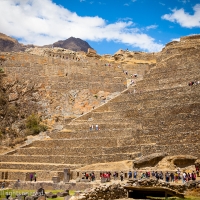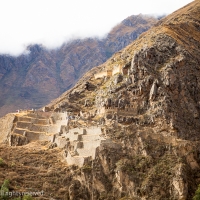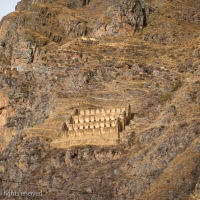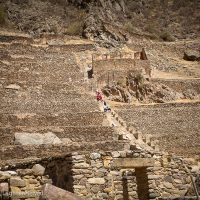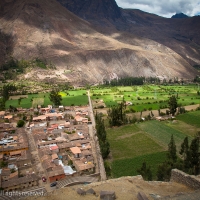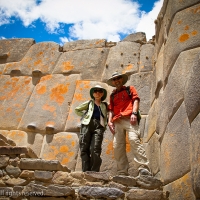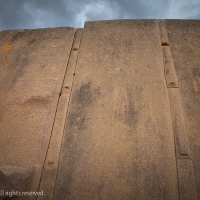Peru, Part 13 – Machu Picchu
If you don’t have the time or inclination to hike the 26-mile Inca Trail to Machu Picchu on a particular trip, you can instead take the train and ride in comfort, enjoying the scenery and complimentary beverage service on your way from Ollantaytambo to Aguas Calientes.
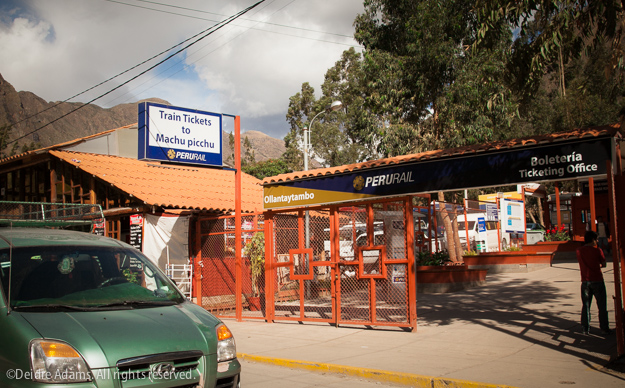 Along the train ride, the environment changes abruptly from the dryer high plains to rain forest. The trees close in overhead, and you feel as though you are traveling back in time.
Along the train ride, the environment changes abruptly from the dryer high plains to rain forest. The trees close in overhead, and you feel as though you are traveling back in time.
We arrived in Aguas Calientes late in the afternoon, with the plan being to get up very early to ride the bus up to Machu Picchu. The large, comfortable buses travel up a very steep one-lane dirt road with lots of switchbacks, and when two buses going different directions meet, one has to wait for the other to pass before going on. Looking out of the window, we could see the very sheer drop-off below.
There are no restrooms available inside the ruins, so you must make sure you take care of matters at the entrance complex. Once inside, you are greeted with a scene you many have seen many times in photos, but being there in person is a transcendent experience.
Machu Picchu was built in about 1450, and it’s an engineering marvel especially when you consider that the Incas didn’t have iron or steel, nor wheels. How the large stones were transported and put into place is a mystery. After the site was abandoned roughly 100 years later, the rain forest vegetation grew back over it and it was lost for several hundred years until the archaeologist Hiram Bingham arrived there with his guide in 1911. What we see now has been reconstructed. The fast-growing plants are always trying to cover the structures again, so workers are constantly on the job removing it. Because it’s an important archaeological site of such extraordinary beauty, things can get pretty crowded after the very early morning. You can get away from the masses of people by doing one of the hikes to other nearby landmarks. We chose to do two hikes, one before lunch to see the Inca Bridge. Access to the Inca Bridge is controlled, and the guard keeps track of all who enter and when they come back out. This hike is pleasant, not too long, with the usual spectacular scenery. The culmination of the trail is a fence that blocks access to the bridge itself, but viewing it from afar should be enough for all but the most daring. The bridge itself is nothing but a couple of logs laid across a sheer, steep drop. “Meet” pie, anyone? If you want to see the iconic view shown on virtually all the postcards and posters, this is the hike for you.
After all that hard work, you should treat yourself to an ice cream cone before you get back on the bus. 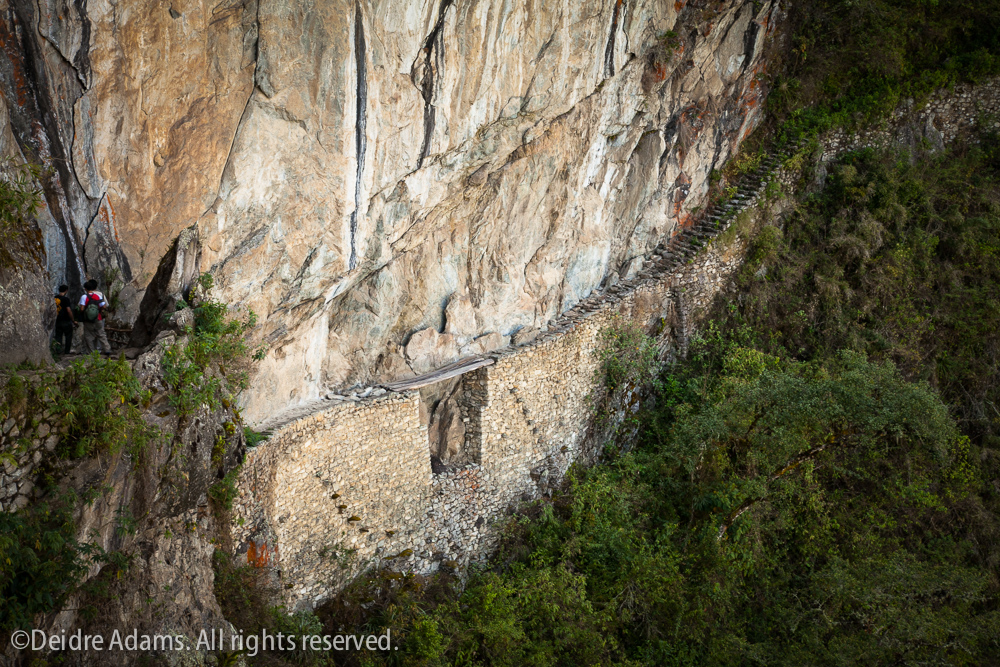 After hiking back down, we had worked up a good appetite and were ready for lunch. Food is not allowed in the park, so we walked back to the visitor’s center to see what was on offer there.
After hiking back down, we had worked up a good appetite and were ready for lunch. Food is not allowed in the park, so we walked back to the visitor’s center to see what was on offer there.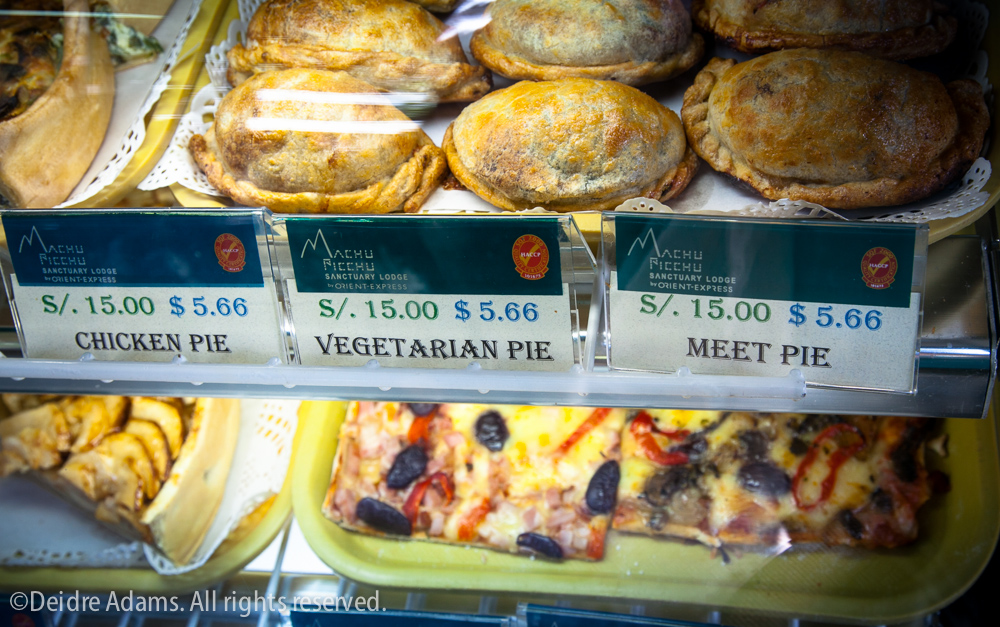 After lunch, we hiked the trail to the Sun Gates. It’s a bit longer and more strenuous, but the views are worth it. On the way back down, we were surprised to see a line of several porters charging up the hill from the other direction, each carrying two large mattresses on his back. At the end of the line, there was a guy with an apparently very heavy box who had set it down to take a moment’s rest. I asked him what all this stuff was for, and he said it was for the tourists who were going to camp up there that night. Sounds pretty cush, but I couldn’t help wondering what the porters think of those campers – are they disdainful, or are they just happy to have the work?
After lunch, we hiked the trail to the Sun Gates. It’s a bit longer and more strenuous, but the views are worth it. On the way back down, we were surprised to see a line of several porters charging up the hill from the other direction, each carrying two large mattresses on his back. At the end of the line, there was a guy with an apparently very heavy box who had set it down to take a moment’s rest. I asked him what all this stuff was for, and he said it was for the tourists who were going to camp up there that night. Sounds pretty cush, but I couldn’t help wondering what the porters think of those campers – are they disdainful, or are they just happy to have the work?


